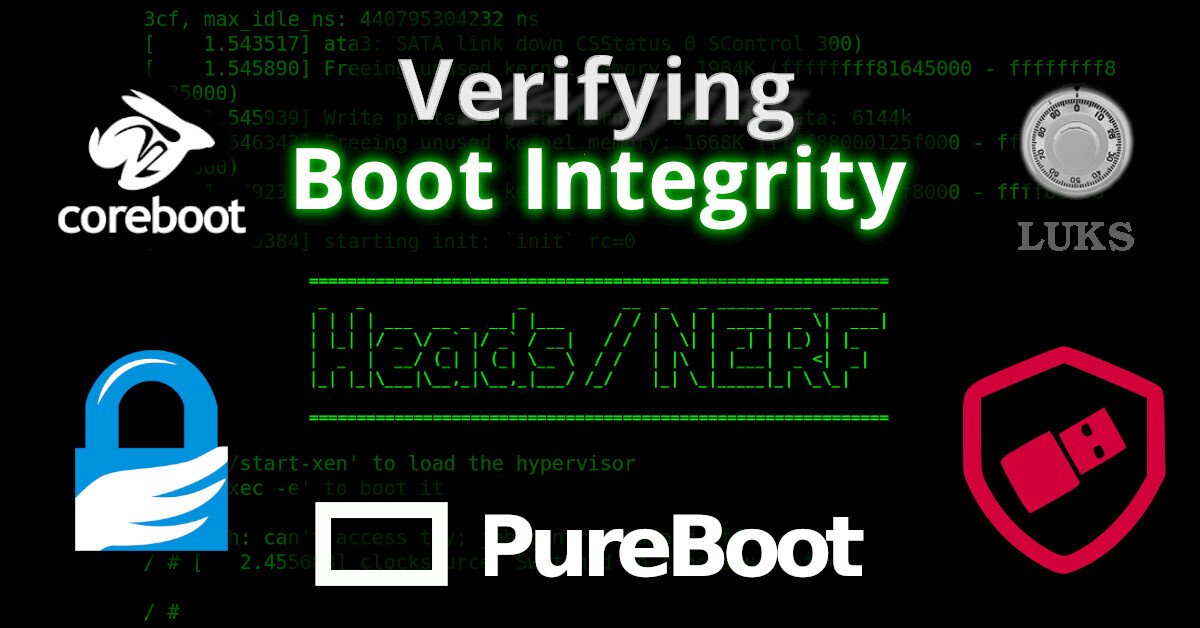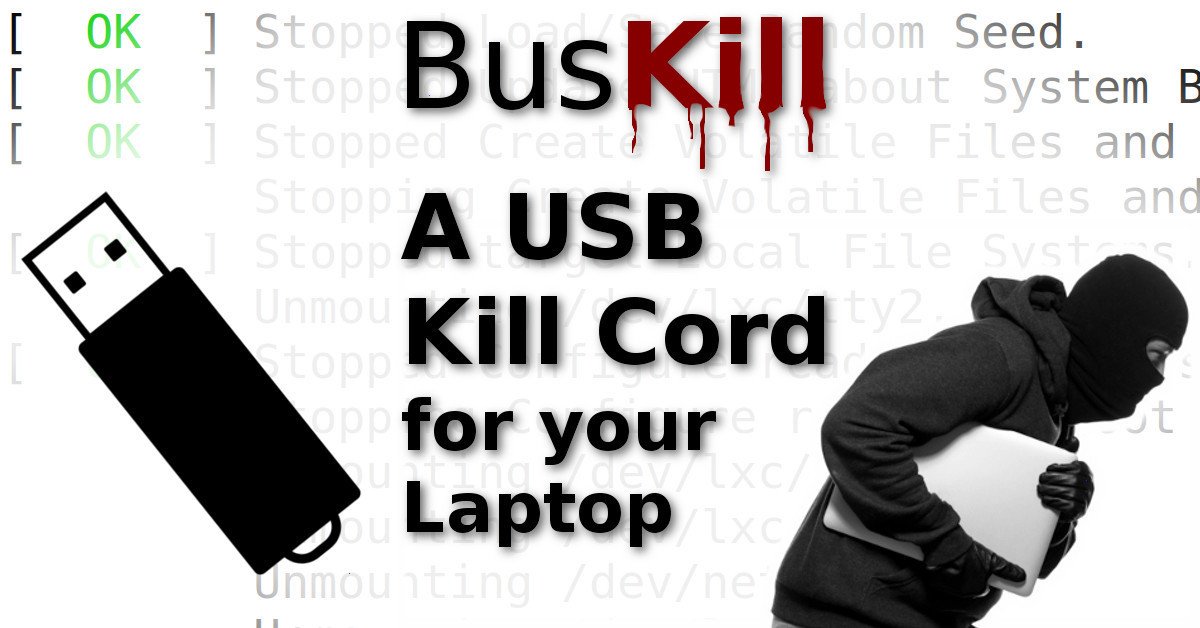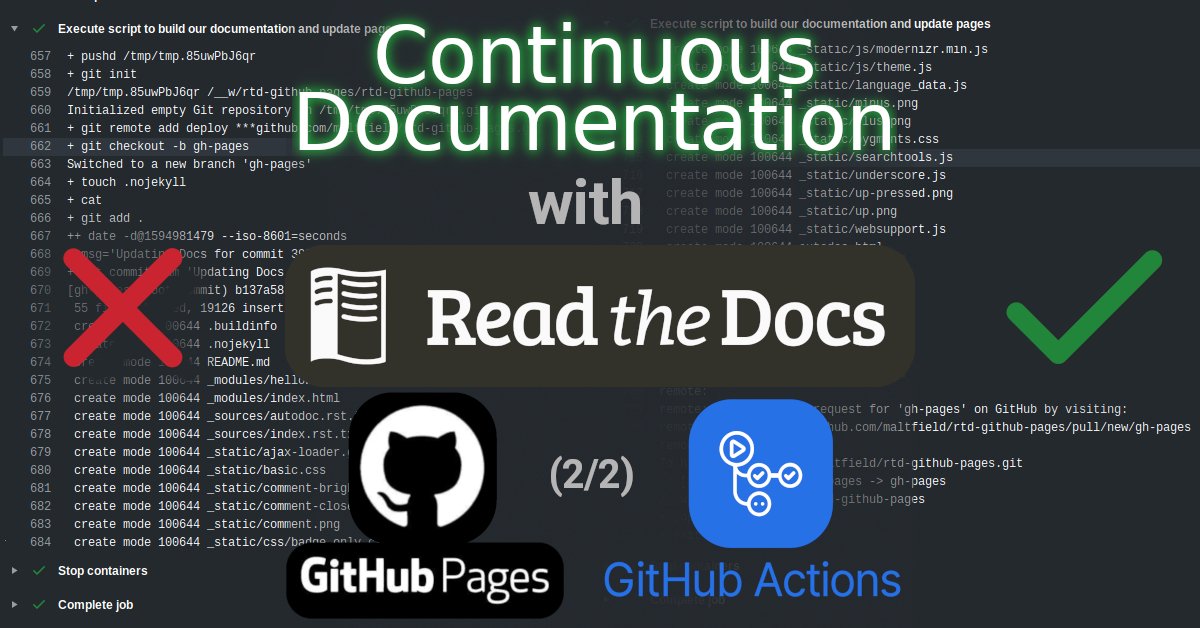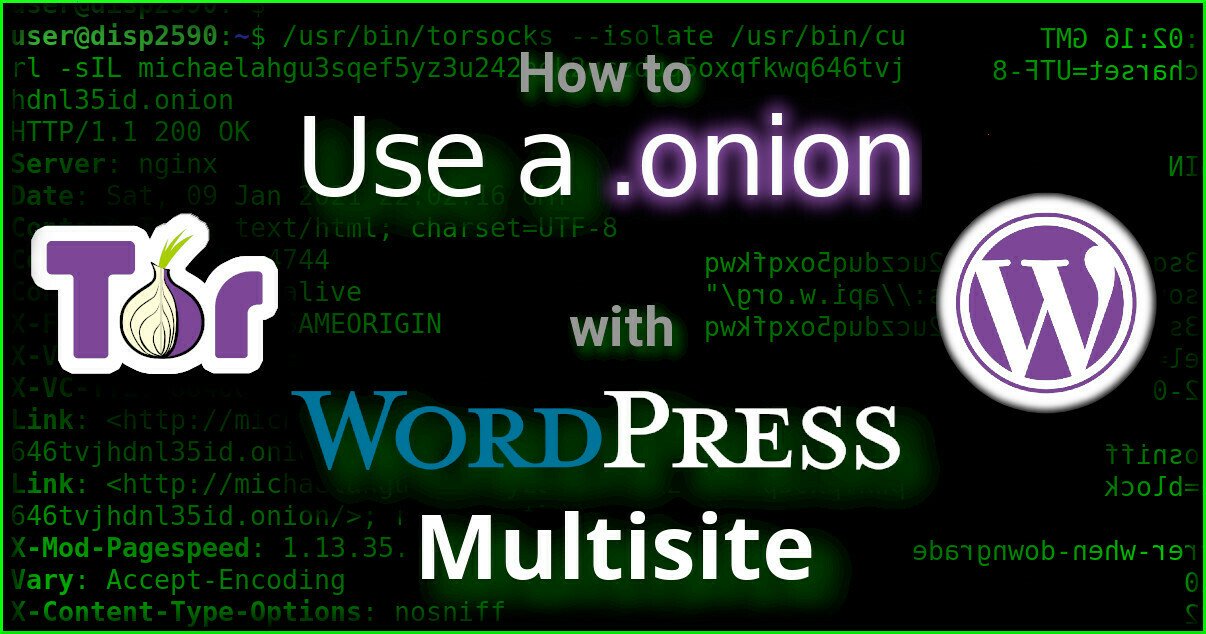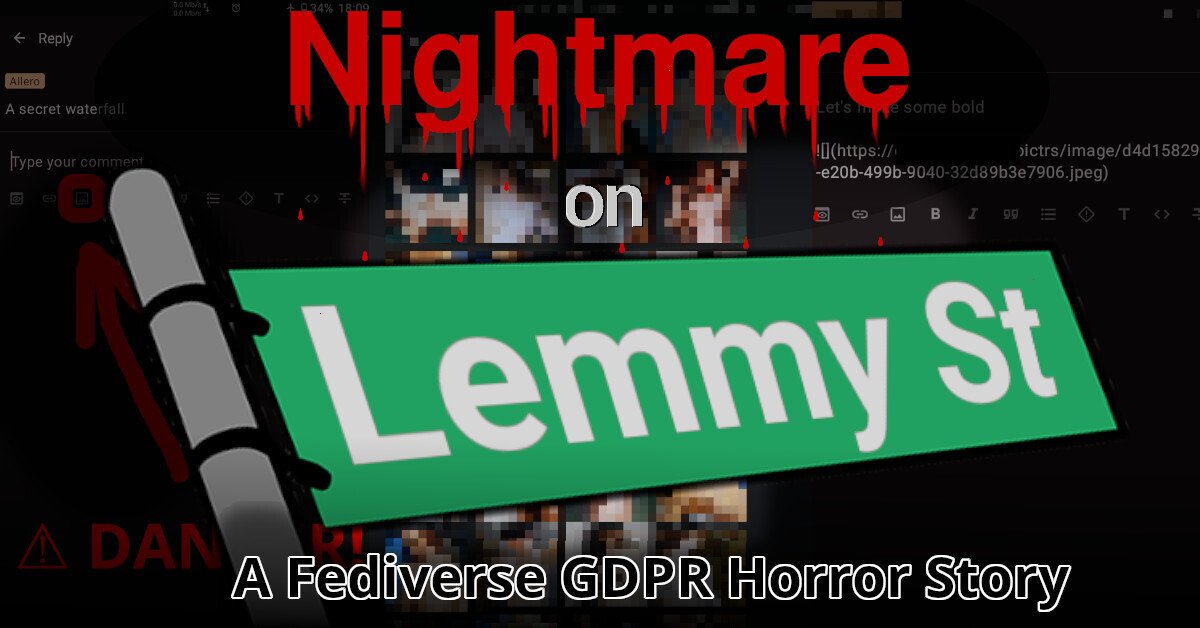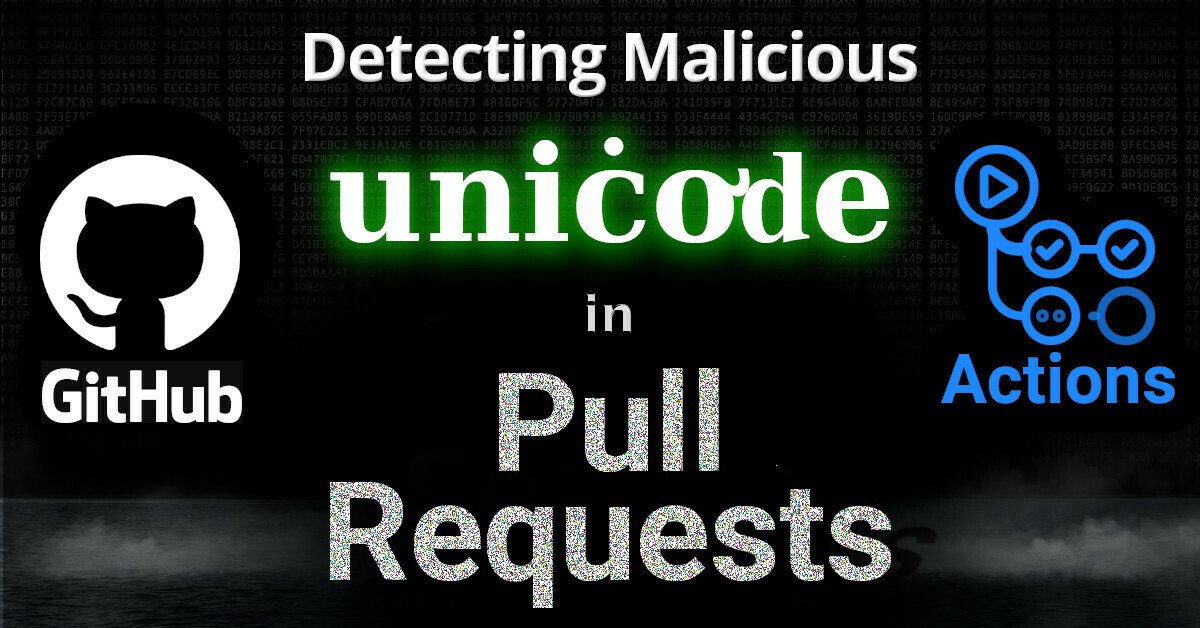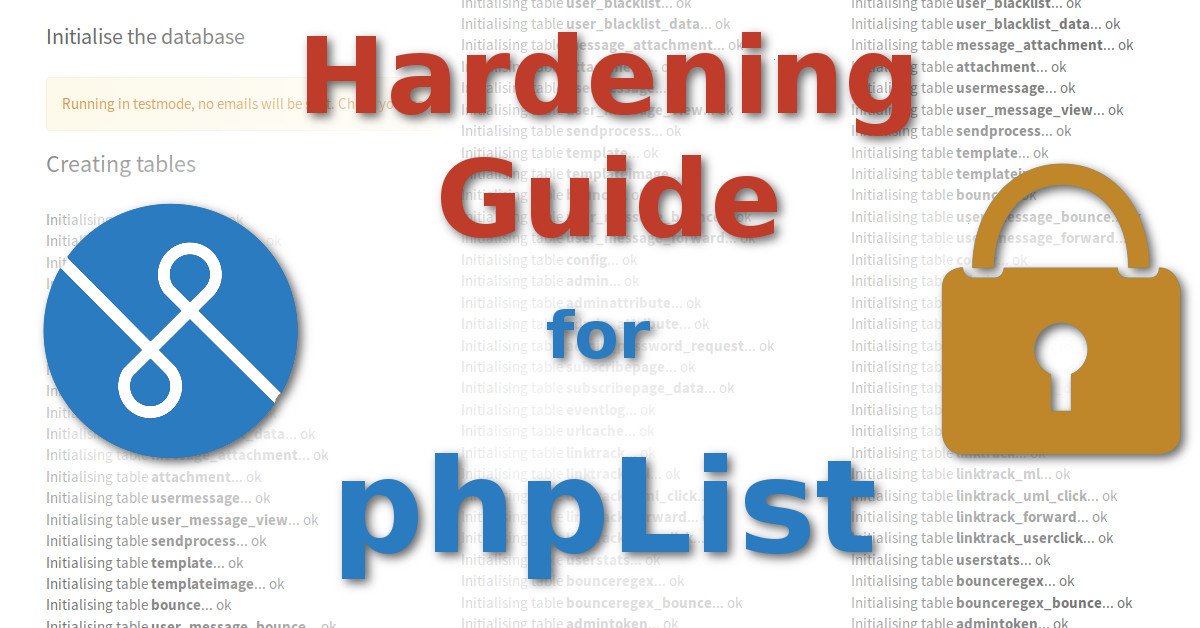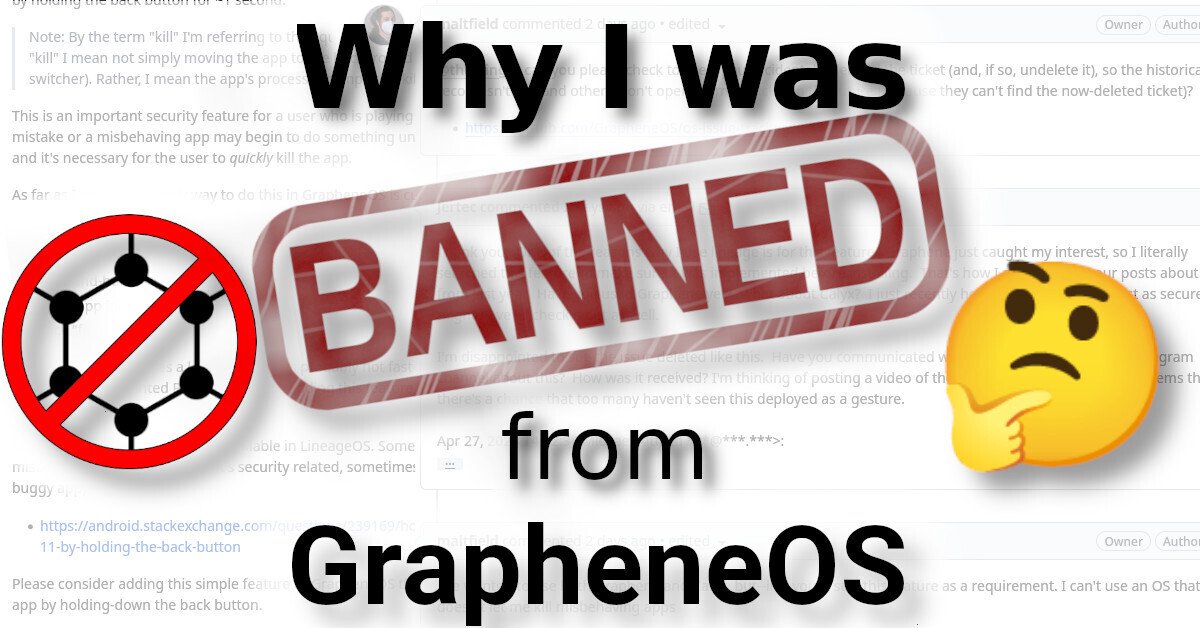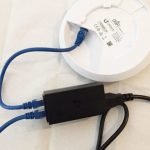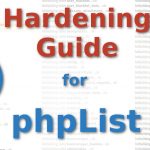
This article will introduce a tool to detect censorship or network tampering using the Open Observatory of Network Interference (OONI) android app, which is part of the Tor Project.
The OONI project’s mission is to collect data on network providers to determine where the Internet is free and where it’s being manipulated. For example, the OONI Explorer displays a world map of such data.
On the OONI explorer, you can drill-down on the world map into a specific country to get a list of websites that were detected as being blocked from within that country.
For example, when I looked at the history of OONI probe runs within the US, I saw a list of the usual suspects: gambling sites, pornography sites, torrenting sites, etc. More surprising (at least to me) was the number of pastebin sites that were banned. And, despicably, there was a network in the US blocking The Internet Archive
When I looked at the data from scans within another great “free country” = India, I saw a lot of cherry-picked censorship on facebook and news articles as it relates to the 2017 genocide of Rohingya Refugees in Burma and various muslim/hindu conflicts.
Anyone
. . . → Read More: Detecting Censorship or ISP Network Tampering with OONI
